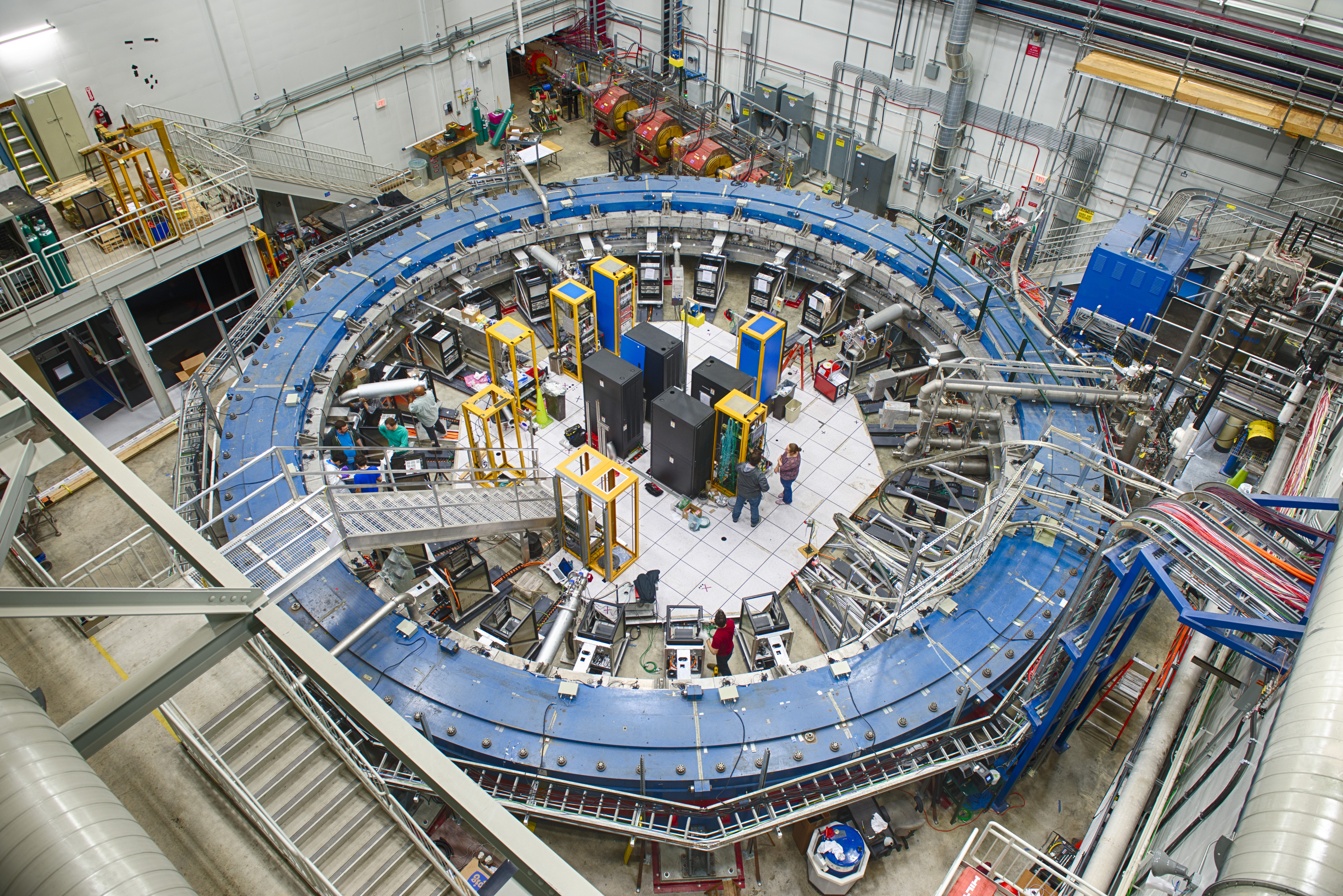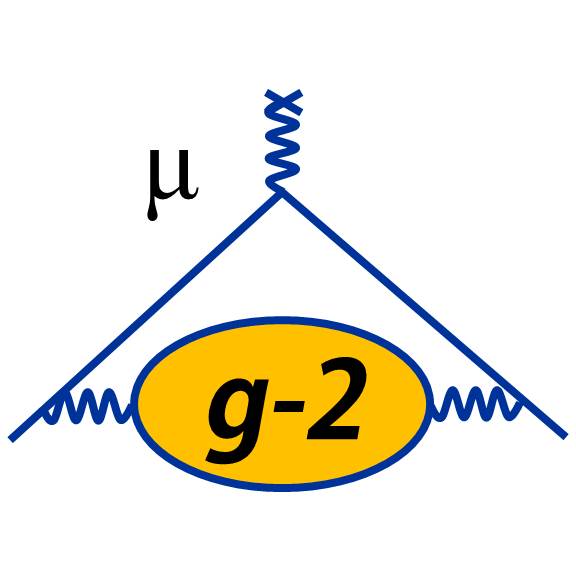My research is in experimental particle physics, also called high energy physics. This branch of physics studies nature on the subatomic scale, using very high energy particles as probes. Accelerators are usually used to produce the particles.
Elementary particle physics seeks to understand the basic constituents of matter and the forces that determine their behavior. By the 1970's a theoretical framework, known as the
Standard Model, had emerged. It contains 12 elementary spin-1/2 particles (six quarks and six leptons), and it includes the uni ed theory of the electromagnetic and weak interactions along with a separate theory of the strong interaction. Over several decades, experiments of increasing sophistication (often at higher and higher energies) have confi rmed the Standard Model. The 2012 announcement that the ATLAS and CMS experiments at the CERN Large Hadron Collider (LHC) had found a convincing candidate for the predicted Higgs boson cemented its success. In spite of this success, an idea that motivates particle physicists is that the Standard Model is incomplete. The list of reasons is long: it does not include gravity; it does not include any weakly interacting massive particles that may be needed to explain the dark matter (i.e., missing gravitational mass in the universe); while neutrino mass is allowed, it is not explained; indeed, the pattern of quark and charged leptons masses is also not explained; while CP violation in quark mixing is explained, it is insufficient to account for baryogenesis (the excess of matter over anti-matter in the universe); and there are technical problems in the theory that require an unnatural degree of fi ne tuning of parameters to avoid large radiative corrections to the Higgs mass. "New physics" at a higher mass scale is expected to resolve these inadequacies.
 I am currently working on an experiment at the Fermi
National Accelerator Laboratory, which is located near
Chicago. The experiment searches for new physics at high
mass scales by looking for its virtual effects. It will make an
extremely precise measurement of the anomalous magnetic moment of
the muon. This quantity can be predicted with great
precision by the Standard Model, but if the experiment measures a
different value, that will indicate that new physics (such as
supersymmetry) is responsible for the difference. The
quantity being measured is usually referred to as g-2 ("g minus
two"), so the experiment is called the Fermilab g-2
experiment.
I am currently working on an experiment at the Fermi
National Accelerator Laboratory, which is located near
Chicago. The experiment searches for new physics at high
mass scales by looking for its virtual effects. It will make an
extremely precise measurement of the anomalous magnetic moment of
the muon. This quantity can be predicted with great
precision by the Standard Model, but if the experiment measures a
different value, that will indicate that new physics (such as
supersymmetry) is responsible for the difference. The
quantity being measured is usually referred to as g-2 ("g minus
two"), so the experiment is called the Fermilab g-2
experiment. 
The Fermilab g-2 experiment provides good opportunities for graduate students. Interested graduate students should contact me. To learn more about this experiment, click here
Before the Fermilab g-2 experiment, I was part of a large collaboration that performed an experiment called BaBar at the Stanford Linear Accelerator Center (SLAC). The experiment studied the decays of B mesons produced in electron-positron collisions. The PEP-II B-factory at SLAC made it possible to obtain much larger numbers of B mesons than in the past, and because PEP-II had two storage rings it was able to collide beams of different energies. By doing this, the B's were produced with sufficient momentum in the laboratory for them to travel a measurable distance before they decay. This allowed their proper lifetimes to be determined, so that time-dependent CP violating asymmetries could be measured.
Prior to BaBar, most of my research has been in the field of rare kaon decays. Starting in 1984, I worked on experiments that studied the very rare decays of long-lived neutral kaons at the Brookhaven National Laboratory, using the Alternating Gradient Synchrotron (AGS). The AGS provided a very high intensity proton beam that was used to produce a neutral beam (mostly neutrons and neutral kaons). The final data for that program was taken in 1996. While a number of publications came out of this program over the years, here are the citations of the papers that reported the final results:
D. Ambrose et al., “Improved Branching Ratio Measurement for the Decay K-long --> m+m-,” Phys. Rev. Lett., 84, 1389(2000).
D. Ambrose et al., “New Limit on Muon and Electron Lepton Number Violation from K-long --> me,” Phys. Rev. Lett., 81, 5734(1998).
D. Ambrose et al., “First Observation of the Rare Decay Mode
K-long --> e+e-,” Phys. Rev. Lett., 81, 4309(1998).
My Ph.D. experiment was performed at Fermilab. Its purpose was to study hadronic charm production. The experiment measured the production of what are called prompt single muons. Since most of these came from the decays of charmed particles, these measurements could be interpreted in terms of hadronic charm production.